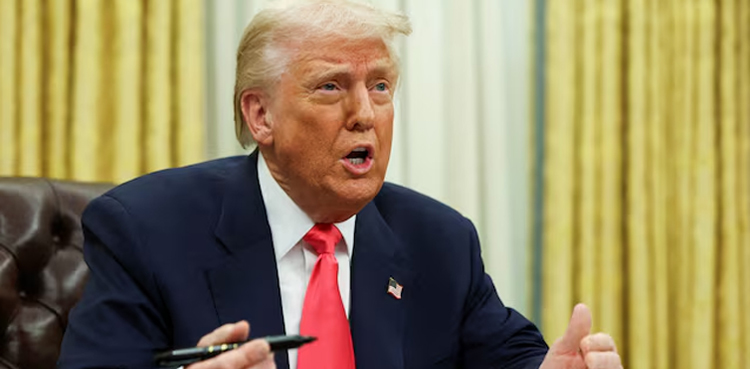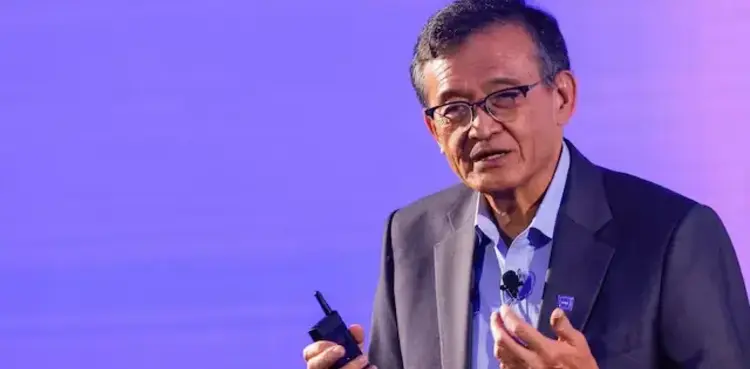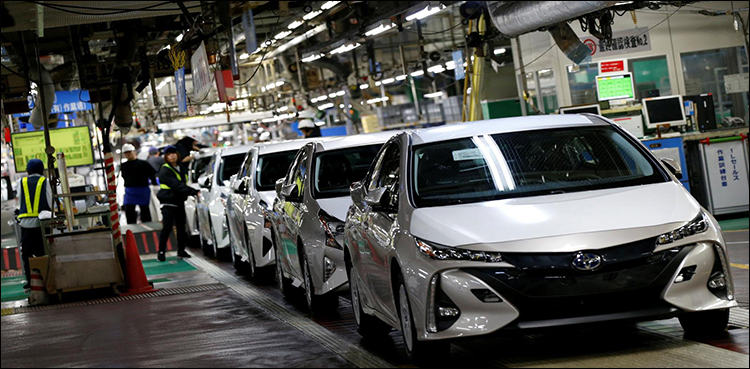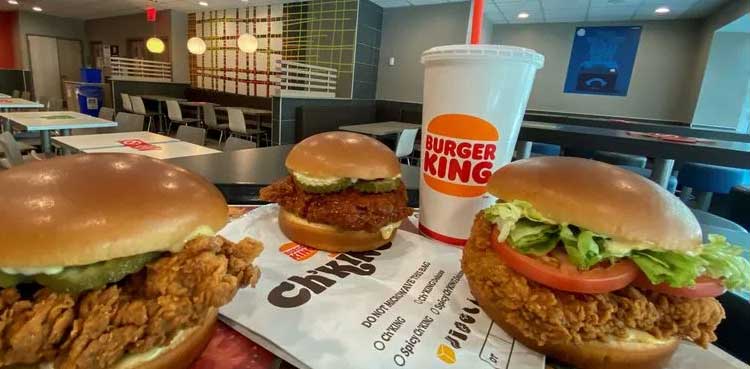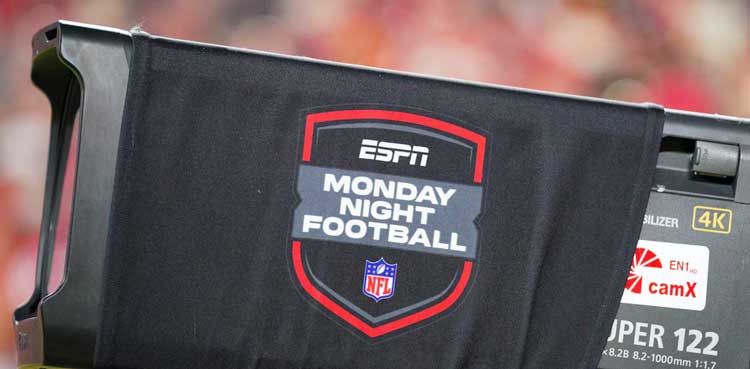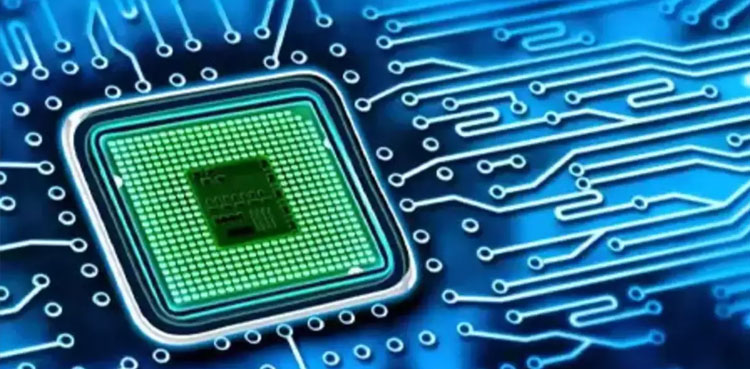Weight-loss drugs are expected to pull in more than $150 billion in industry-wide revenue by the early 2030s, thanks to the ever-growing popularity of Eli Lilly’s Zepbound and Novo Nordisk’s Wegovy.
Both the GLP-1 weight loss drugs are weekly injections, although several drugmakers are racing to develop an oral medicine or pill that might prove to be as effective as the injectables.
Pills are easier to manufacture and could also avoid some of the supply issues that were initially seen with Novo and Lilly’s drugs.
Here are some companies developing oral obesity drugs in the hopes of making their mark in a lucrative market:
ELI LILLY
Orforglipron, the company’s once-daily oral non-peptide GLP-1 agonist, helped patients shed 12.4% of body weight over 72 weeks at the highest dose in a late-stage trial. Lilly plans to file for regulatory approval by the end of 2025 and is preparing for global submissions and manufacturing scale-up.
NOVO NORDISK
Oral semaglutide, a pill version of the company’s injectable GLP-1 active ingredient, demonstrated about 15% weight loss in a late-stage trial.
The drug is currently under regulatory review, with a U.S. FDA decision expected in late 2025. Novo is also exploring next-generation oral combinations.
STRUCTURE THERAPEUTICS
Structure Therapeutics is developing GSBR-1290, a non-peptide oral GLP-1 agonist. Last year, the drug helped reduce weight by 6.2% on average at the end of 12 weeks in a mid-stage study. It is expected to report results from another mid-stage trial in the fourth quarter.
MERCK
The company, in partnership with Hansoh Pharma, is preparing to test HS-10535, an oral small-molecule GLP-1 agonist, in early-stage trials. The drug is currently being tested in lab studies.
ASTRAZENECA
AstraZeneca and Eccogene are advancing ECC5004, a once-daily GLP-1 receptor agonist pill. Early stage trial showed a promising weight-loss signal and a favorable safety profile, with mid stage trials planned under AstraZeneca’s lead.
ROCHE
Roche, following its acquisition of Carmot Therapeutics, is working on CT-966, an oral GLP-1 agonist. CT-966 resulted in a placebo-adjusted average weight loss of 6.1% within four weeks in obese patients without diabetes in an early-stage trial last year.
VIKING THERAPEUTICS
The company is developing an oral formulation of VK2735, a dual GLP-1/GIP receptor agonist. Nine patients who received the highest 100 milligram dose lost an average of 8.2% of their body weight after 28 days, compared with 1.4% for a placebo, in an early stage trial. A mid-stage trail was started this year, with results expected in second half.
PFIZER
Pfizer was developing danuglipron, initially as a twice-daily oral GLP-1 agonist, but scrapped development after data from a mid-stage trial showed poor tolerability. A once-daily extended-release version was later tested in about 1,400 patients but liver safety concerns remained, dampening the company’s plans to enter the obesity drug market.
Zepbound: Weight loss from drug reversed after stopping treatment

